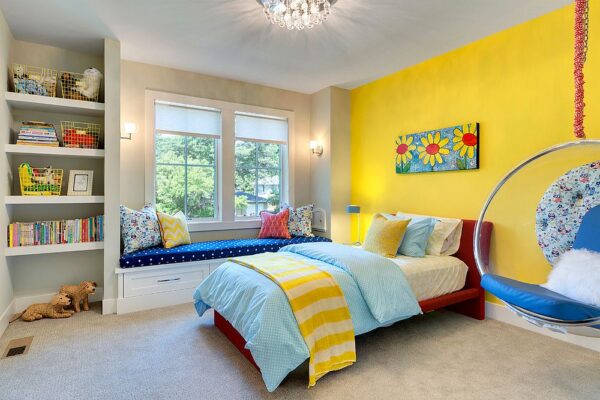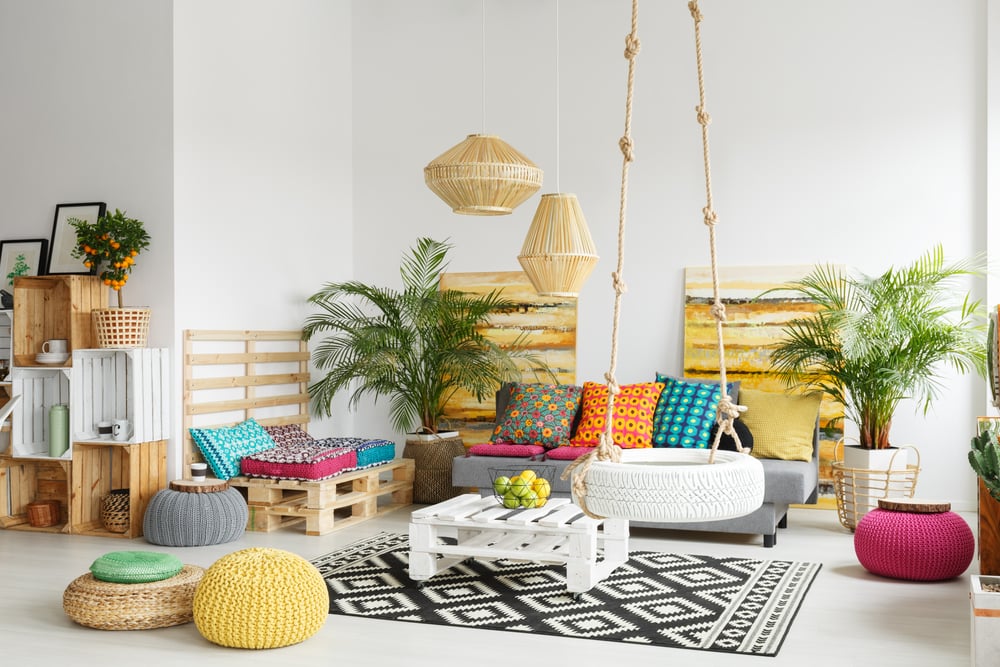When it comes to home decorating, color plays a crucial role in setting the mood and creating the desired atmosphere in a space. Each color has its own psychological impact and can evoke different emotions and feelings. Understanding color psychology can help you make informed decisions when choosing colors for your home decor.
The Power of Colors
Colors have the power to influence our emotions and behavior. They can make a room feel warm and inviting or cool and calming. Here are some popular colors and their psychological effects:
- Red: Red is a bold and energetic color that stimulates the senses. It is associated with passion, love, and power. Red can be used as an accent color to create a focal point in a room.
- Blue: Blue is a soothing and calming color that promotes relaxation. It is often associated with tranquility and peace. Blue works well in bedrooms and bathrooms, where a sense of calm is desirable.
- Yellow: Yellow is a cheerful and uplifting color that represents happiness and optimism. It can add warmth and brightness to any space. However, too much yellow can be overwhelming, so it’s best to use it as an accent color.
- Green: Green is a refreshing and rejuvenating color that symbolizes nature and growth. It is associated with balance and harmony. Green can be used in any room to create a calming and peaceful environment.
- Orange: Orange is an energetic and vibrant color that stimulates creativity. It is often associated with enthusiasm and excitement. Orange works well in spaces where social interaction and creative thinking are encouraged, such as living rooms and home offices.
- Purple: Purple is a luxurious and sophisticated color that represents creativity and spirituality. It is often associated with royalty and elegance. Purple can be used as an accent color to add a touch of opulence to a room.
Choosing Colors for Different Rooms

While the psychological effects of colors are universal, the choice of colors for different rooms may vary depending on their purpose:
- Living Room: The living room is a space for relaxation and socializing. Warm colors like beige, brown, and earth tones create a cozy and inviting atmosphere.
- Bedroom: The bedroom is a place of rest and rejuvenation. Cool colors like blue and green promote a sense of calm and tranquility, helping you to unwind and sleep better.
- Kitchen: The kitchen is a space for creativity and nourishment. Bright and lively colors like red and yellow can stimulate appetite and create an energetic environment.
- Bathroom: The bathroom is a space for self-care and relaxation. Light colors like white and pastels create a clean and serene atmosphere.
- Home Office: The home office is a space for productivity and focus. Neutral colors like gray and beige can create a calm and distraction-free environment.
Color psychology is a valuable tool when it comes to home decorating. By understanding the psychological effects of different colors, you can create the desired ambiance in each room of your home. Whether you want to create a relaxing bedroom or an energizing kitchen, the right choice of colors can transform your space and enhance your well-being.

